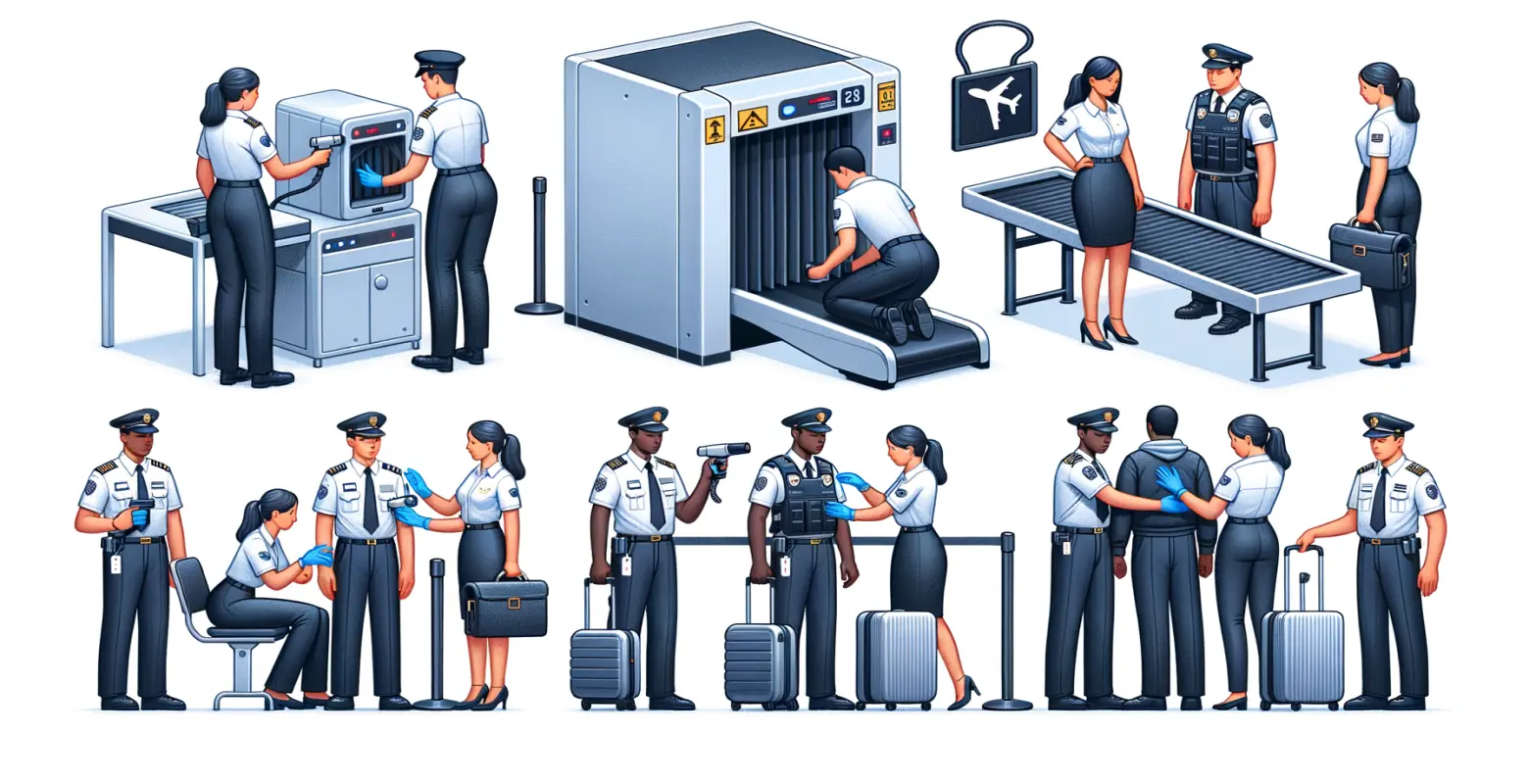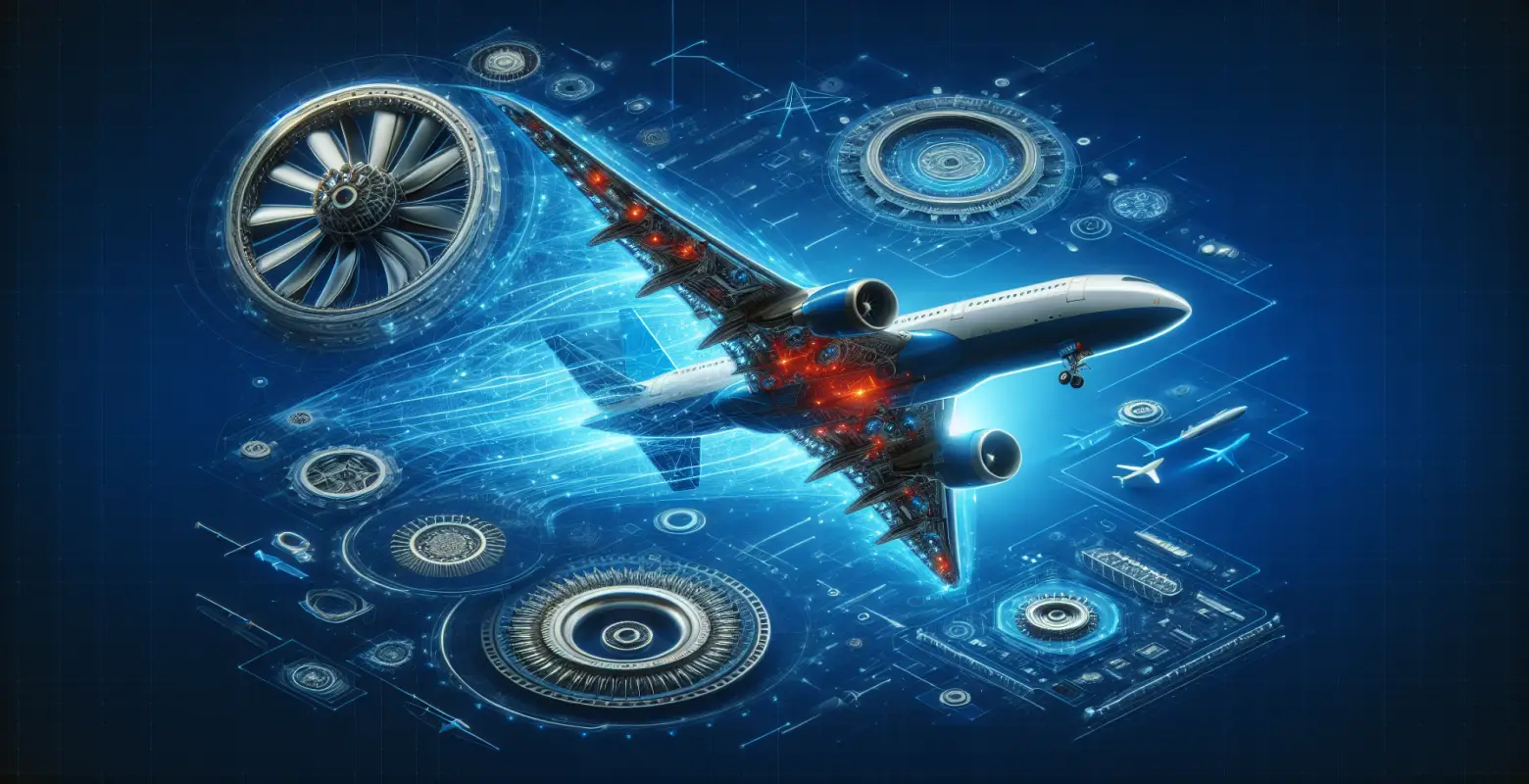How does airport security screening work?
Introduction
Security control at airports is an integral part of air travel, aimed at ensuring the safety of both passengers and aircraft crew. Faced with increasing air traffic and dynamically changing threats, effective security control is becoming increasingly important. This topic is particularly relevant in the context of global terrorism threats and the need for protection against other dangers. In this article, we will take a closer look at how airport security control works, what its main elements are, and what challenges and trends can be observed in this field.
Basic Principles of Security Control
Security control at airports is based on several fundamental principles aimed at identifying and eliminating potential threats. Above all, it is crucial to detect dangerous items such as weapons or explosive materials. For this purpose, various technologies and procedures are used to maximize the effectiveness of threat detection while minimizing passenger discomfort.
The basic element of security control is the screening of carry-on and checked baggage. Specialized X-ray devices are used for this purpose, allowing for a detailed inspection of the contents of the luggage. Another important element is the personal screening of passengers, which includes metal detectors and, in some cases, full-body scanners. All these procedures are strictly regulated and must comply with international security standards.
History and Evolution of Security Control
Security control at airports has undergone significant evolution over the years. Initially, in the 1960s and 1970s, it was relatively simple and mainly focused on basic baggage checks. However, over time, in response to growing terrorism threats and other dangers, these procedures have been significantly tightened.
A turning point was a series of terrorist attacks in the 1970s, which led to increased attention to aviation security issues. Another crucial moment was the September 11, 2001 attacks, which dramatically changed the approach to airport security control worldwide, leading to the introduction of new regulations and technologies.
Technologies Used in Security Control
Modern technologies play a key role in the airport security control process. Among the most important are X-ray devices, body scanners, and explosive material detectors. X-ray devices allow for a detailed inspection of luggage, enabling the detection of potentially dangerous items. Body scanners, used in some countries, allow for a thorough passenger inspection without the need for physical searching.
Another important tool is explosive material detectors, which can detect trace amounts of explosive substances on passengers' clothing or bodies. In recent years, increasing attention has also been paid to the analysis of passenger behavior, allowing for the identification of suspicious behaviors that may indicate potential threats.
Challenges and Issues
Security control at airports is not without challenges and issues. One of the main challenges is finding a balance between security and passenger comfort. Intensive screening procedures can be time-consuming and stressful for travelers, often leading to frustration and delays.
Another challenge is the issue of privacy protection. Modern technologies, such as body scanners, raise concerns regarding the violation of passengers' privacy. It is important for these technologies to be used responsibly and in compliance with applicable data protection regulations.
The Future of Airport Security Control
The future of airport security control is tied to further technological development and innovation. There is increasing talk of using artificial intelligence and big data analysis to improve the effectiveness and efficiency of security procedures. Artificial intelligence can help in faster and more precise threat detection, leading to minimized delays and improved passenger experiences.
Another trend is the development of biometric technologies, such as facial recognition or iris scanning, which can replace traditional methods of passenger identification. This will allow for faster check-in processes and increased security while maintaining a high level of personal data protection.
Summary
Security control at airports is a crucial element in ensuring the safety of air travel. It requires constant adaptation to changing threats and technological advancements. Despite numerous challenges, such as privacy protection and the need to maintain a balance between security and passenger comfort, this control plays an invaluable role in protecting against threats.
The future of security control seems to be linked to further technological advancements and innovative solutions that will enable even more effective protection of air travel. It is worth following these changes to understand how they impact our daily lives and the way we travel.






Number of comments: 0